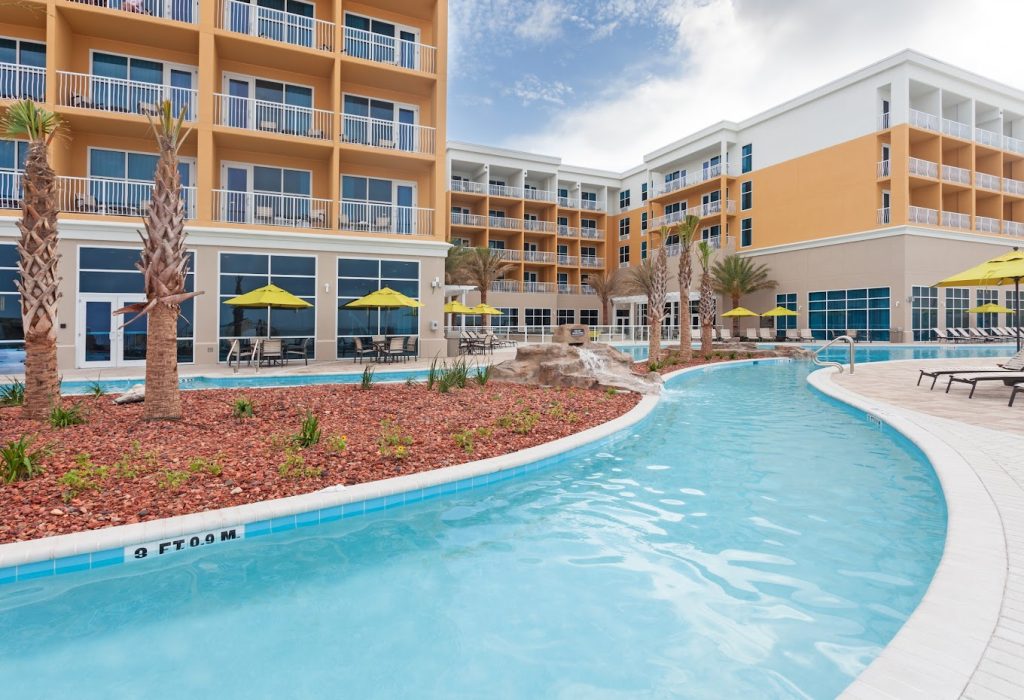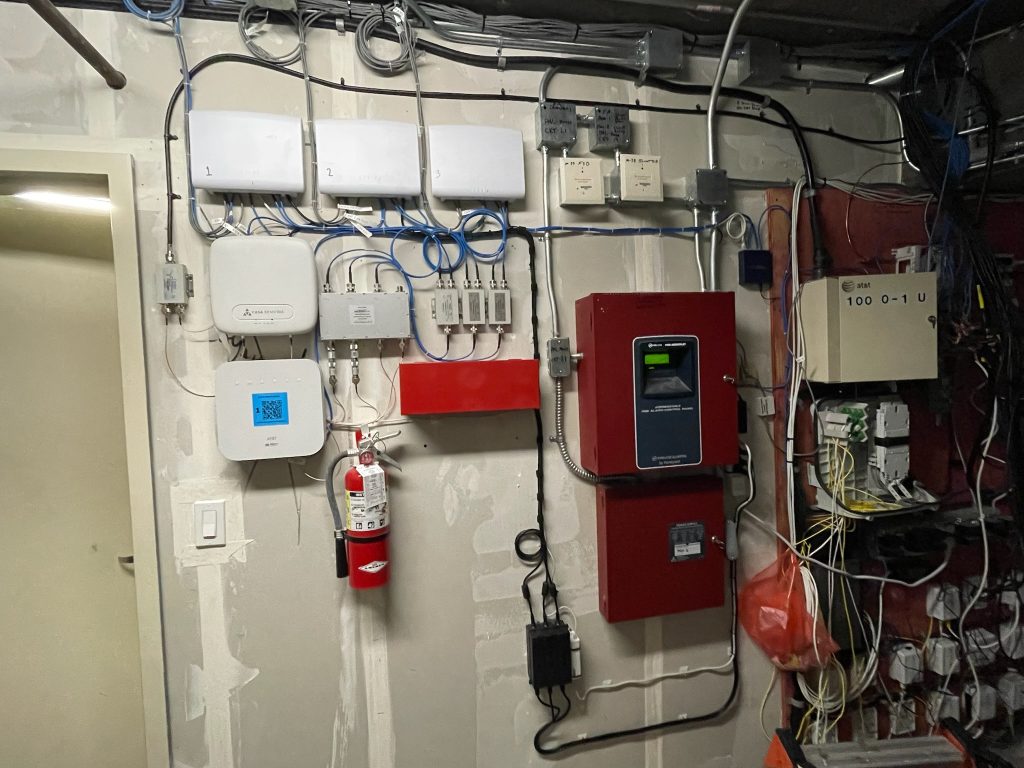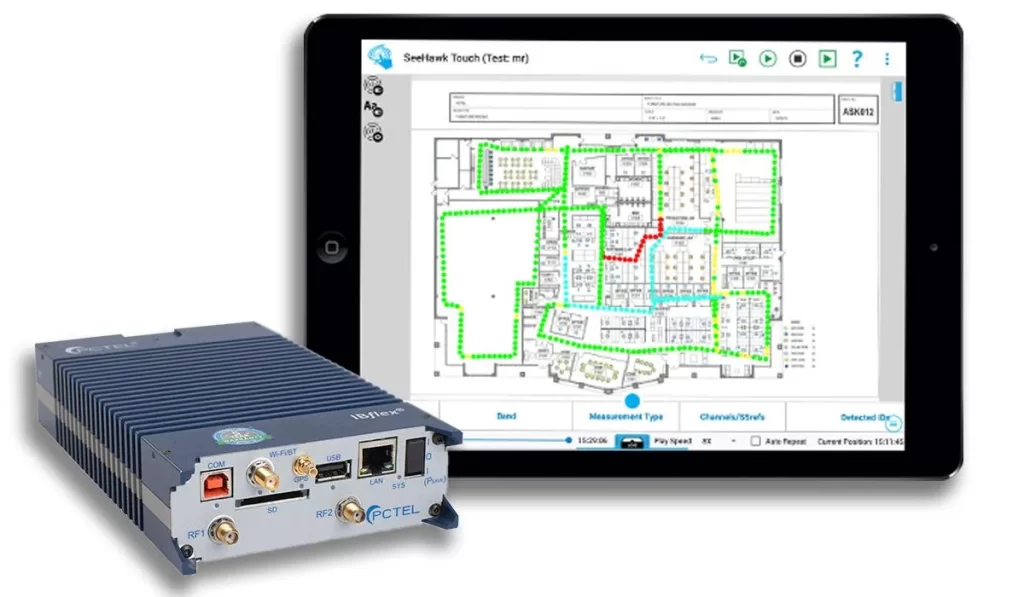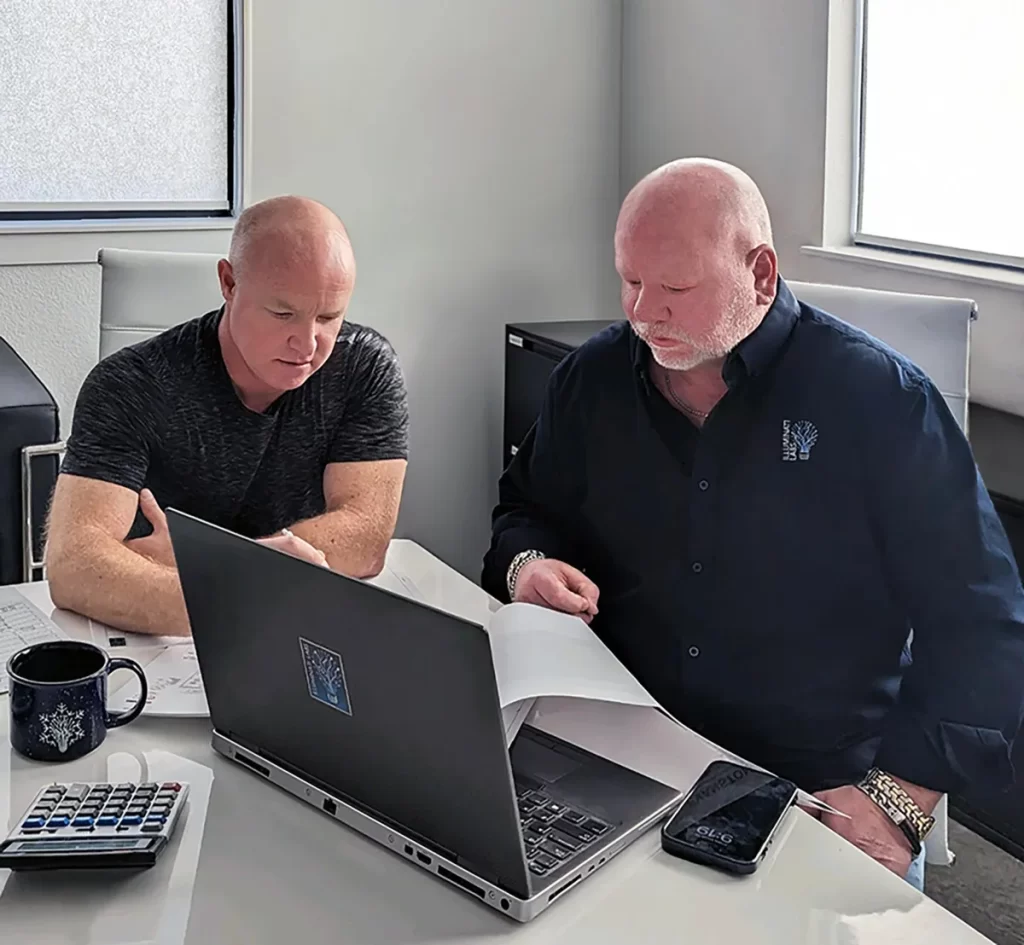DAS Solutions For Hotels
Provide staff and emergency responders with reliable communication at your property with Cell DAS or ERRCS Solutions from Illuminati Labs.

Today’s travelers require connectivity for more devices than ever and a successful property must ensure that cell connection is present not only in each guest’s room but throughout the building, particularly in conference and meeting spaces.
WiFi alone just isn’t enough any more.
In a recent article, HospitalityTech.com stated, “Flawless cellular connectivity is the key to five-star hotel service.” The Illuminati Labs solution will help to ensure that hotels are the highest reviewed, rated, and occupied properties in the area.
Many hotel chains have embraced this idea and taken cell service to the next level. Both Hilton, Starwood, and Marriott hotels offer digital keyless check-in and entry through their cell phone apps. Loyal customers can now avoid annoying check-in lines by simply opening their hotel’s app and gaining keyless entry to their rooms. Clearly, this is only possible with strong and reliable cellular and data signal in the hotel.
When the Hilton Garden Inn hotel opened, it faced major issues with cell coverage because the nearest cell towers were too far away to properly serve the energy-efficient luxury hotel.
Illuminati Labs immediately installed a solution — without disruption to the hotel’s guest or staff. We deployed strong coverage throughout the entire property and ensured (well-deserved) fantastic customer reviews and ratings.
Read our field report: How to Be Accommodating in a Hurricane

We’ll discuss your coverage problems/concerns and review your architectural plans to determine whether or not a site survey might be required. If it is, we come to your site and take readings of available signal strength inside and outside the property.
We complete our survey by using a PCTel SeeHawk which is widely recognized as the most accurate and reliable test equipment for RF on the market. This survey will show what carriers and areas the signal is deficient for in the building.
We compile all the information on your site, including your budget, to create a proposed solution that will deliver the most bang for your buck.
Once the proposal is approved and signed, we place your equipment order to begin the installation process.
At proposal signing, we contact your GC and/or ownership to coordinate schedules.
We wire and install your cellular or ERRCS DAS system according to schedule. llluminati Labs strives to make our installations as seamless as possible. With no hyperbole, our teams believe in being the best on-site contractor you have ever worked with. Period.
This is the exciting part where we ensure that the system is working flawlessly.
We create a post-install heat map, similar to our initial survey. This mapping will show us the delta between the initial survey and the survey with a functioning cellular DAS system.
We partner with our clients and developers to help them on any subsequent projects, always working to make our project integration flawless.
We pride ourselves on providing turnkey services: from engineering design and installation to testing and expert consulting, we ensure our clients have a seamless solution, tailored to their unique needs.

Our Engineers will evaluate your building and design you a custom solution to maximize coverage and minimize cost.

Our super-team deploys, commissions, and manages your project start to finish, ensuring an efficient, quality process.

We heat-map the property to determine which areas have deficient signal and then provide you with the results and a path to fix the issues.

Our experts help you determine the solution that’s best for your building, providing both design concepts and budgetary guides.



Several factors influence price, with the square footage of the affected area and the availability of cell signal outside being the primary considerations.
Other influential pieces include things like:
-Whether the ceiling is a hard lid or lift tile ceiling
-The layout of building
-Whether there are cement cores in place between floors
-… and many other issues that we will analyze together with you
The time from consultation to finished installation depends mostly on your property’s construction schedule plus several other factors such as how accessible the site will be and will we be running through conduit. When we give you our proposal, we can give you a fairly accurate estimation of time.
The systems will typically support the full range of mobile device functions.
There are so many variables to understand, it can be overwhelming! Here is a short list of questions to ask your integrator that will help you know whether you’re getting a well-engineered system that is designed for your facility’s specific needs:
What measures are being taken for future proofing? Are the passive components capable of supporting other bands? What is the roadmap for the active equipment?
Is the density of the system consistent and viable? Properly designed systems must hit a critical juncture. They must provide truly 100% comprehensive coverage with enough hardware to cover the building, but properly spaced and engineered so the budgetary costs remain viable.
If a passive system is being recommended- has a full site survey been completed? The integrator must understand the macro environment in addition to the in-building system. They will work in conjunction to ensure the results within the building exceed expectations.
Finally, be sure to check references on jobs similar to yours – same size, same industry. For instance, if you have a hospital, look for a provider who has successfully worked with a hospital specifically. Installing a cellular enhancement system in a 300,000 square foot warehouse is a totally different game than in a 300,000 square foot hospital or hotel or even a co-working office building. Each venue has its own set of extenuating circumstances that must be taken into consideration for the system to function properly.
More and more municipalities are rolling out code for first responder DAS (ERRCS). The code will generally state that in buildings of a certain size, the first responders who would report to that building must be able to operate their two-way handsets (So the building must maintain minimum service levels).
We recommend testing the building during construction to determine if a system will be needed.
Technically, they’re both DAS – Distributed Antenna Systems. They both take signal from an antenna and distribute it throughout a building. The difference is more about the end user of the signal. When people refer to DAS they usually mean life/safety DAS, sometimes called public safety DAS. This is the system that is in place to guarantee first responders a communication network in the event of an emergency. When people refer to cellular enhancement they usually mean the system that is in place to provide cell phone service – voice/data/text – for the people living or working in the building.
These DAS systems are also called:
Cellular repeater systems
Cell phone repeater systems
Cellular enhancement systems OR cellular signal enhancement systems
In-building wireless (refers to either cell or WiFi signal)
Cell phone boosters